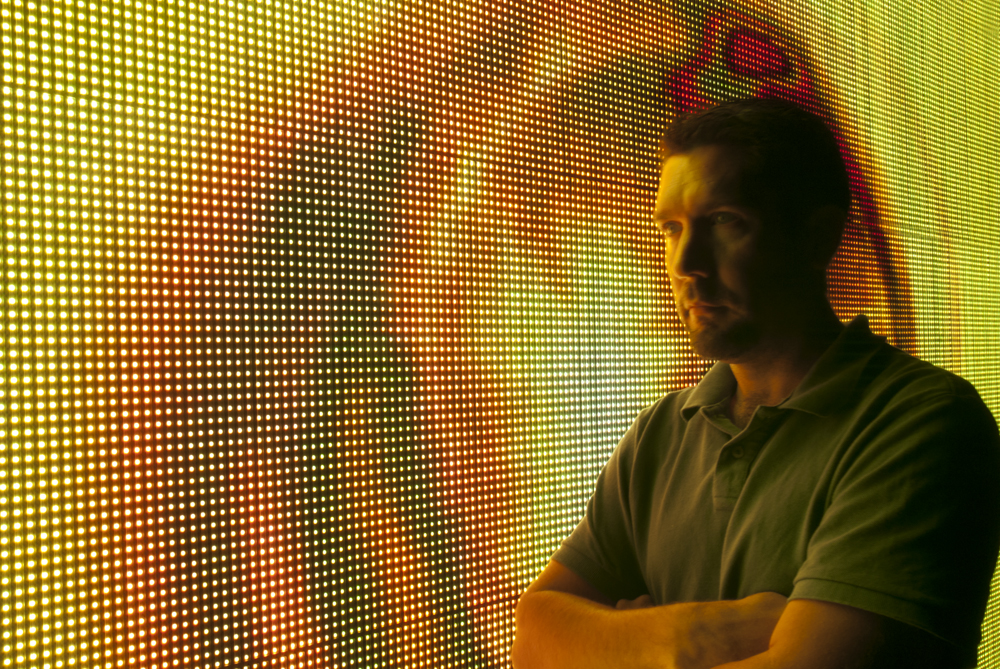Tech Talk: How to Master the Art of Busking
Posted on February 16, 2011Written by Mike Graham, product manager for CHAUVET Professional
We all prefer to walk into a show that is totally programmed and ready to rock. We love it when there is actually time to program a show during the rehearsal stage of the production and have a clear and concise cue list. It’s even better when there is someone there to actually tell us when to press “go.” Personally, I put the chances of having all of the above on the same level as seeing Elvis do a tour again. In today’s world of budget cuts and lack of rehearsal time, we find ourselves having to make things up as we go—also known as “busking.” If you are new to busking, here are some tips to help you be in control while everyone else around is losing it.
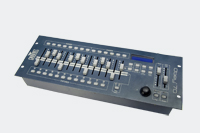 1. Know your controller! This is the most important tool you have. If you are using a fader board and a bunch of par cans, you don’t have a problem—just know your patch and how to get around quickly. If possible, keep a “punt look” on a cue button. The “punt look” is a go-to look you can use in case of emergency. If you are using a larger format console, I always have a library of preset looks I can drop to at a moment’s notice. This consists of a few solid colors and a few complementary colors for the static wash lights, as well as a few effect looks for the moving lights to work from. Still, I have a “punt look” that keeps the stage lit between songs. You need to know how to get to your looks easily and quickly so you don’t look bad. The way you set up your controller will make or break your show. You don’t want to accidentally hit the high-speed ballyhoo and strobes during the juggling session. It will be funny for you, but not so much for the juggler or the people in the first, third or fourth rows.
1. Know your controller! This is the most important tool you have. If you are using a fader board and a bunch of par cans, you don’t have a problem—just know your patch and how to get around quickly. If possible, keep a “punt look” on a cue button. The “punt look” is a go-to look you can use in case of emergency. If you are using a larger format console, I always have a library of preset looks I can drop to at a moment’s notice. This consists of a few solid colors and a few complementary colors for the static wash lights, as well as a few effect looks for the moving lights to work from. Still, I have a “punt look” that keeps the stage lit between songs. You need to know how to get to your looks easily and quickly so you don’t look bad. The way you set up your controller will make or break your show. You don’t want to accidentally hit the high-speed ballyhoo and strobes during the juggling session. It will be funny for you, but not so much for the juggler or the people in the first, third or fourth rows.
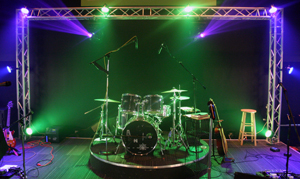 2. Know your rig. You need to be totally aware of the functionality of the lights you are using. If you are using a Legend 300E Spot, you need to know the CTC is on the color wheel and not in the CMY. You also need to know if you are using COLORado 1 TOUR and COLORado 1 IP units together; one of them has white LEDs and the other does not. Most importantly, you need to know where they are patched on the console. Refer to tip one.
2. Know your rig. You need to be totally aware of the functionality of the lights you are using. If you are using a Legend 300E Spot, you need to know the CTC is on the color wheel and not in the CMY. You also need to know if you are using COLORado 1 TOUR and COLORado 1 IP units together; one of them has white LEDs and the other does not. Most importantly, you need to know where they are patched on the console. Refer to tip one.
3. Know the expectations. Ask the person(s) “in charge” of the show what they expect to see. If it’s a concert, they will hopefully have a playlist of songs. If it’s some other kind of event, you may not even have this to work with. Try to get a feel for the show or event to predict what your audience wants to see. When you are setting up your libraries in the console, it’s critical to have all of the information from the client so you can match the looks you build with the client’s vision.
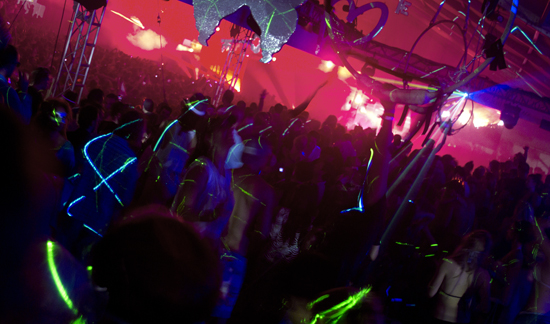 4. Remain flexible. Know your equipment and relax. You can’t busk a show if you are tense. As long as you have taken the time to research what each one of your looks does, you will be able to feel out what you are going to use and at what time. If you are doing a wedding for example, you know that at some point they will do the “Chicken Dance.” If you know this, have a look for it prepared. If you are doing a cover band, you know at some point they are going to attempt “The Final Countdown,” so have some looks for that. The key is to try to anticipate what is going to happen next and to flow with it. Again, refer to tip one.
4. Remain flexible. Know your equipment and relax. You can’t busk a show if you are tense. As long as you have taken the time to research what each one of your looks does, you will be able to feel out what you are going to use and at what time. If you are doing a wedding for example, you know that at some point they will do the “Chicken Dance.” If you know this, have a look for it prepared. If you are doing a cover band, you know at some point they are going to attempt “The Final Countdown,” so have some looks for that. The key is to try to anticipate what is going to happen next and to flow with it. Again, refer to tip one.
5. Don’t panic if you make a mistake. Remember that “punt look” button? It’s there to save you when you make a mistake. This look should not have anything moving and should be as neutral as possible. It is your total get-out-of-jail-free card. (Check out tip one for a refresher on why console layout is important.) If it makes it easier, put some glow tape on that button key so you know where it is. The most important thing is to make sure the stage won’t go black. A black stage is a fairly obvious sign you just blew it.
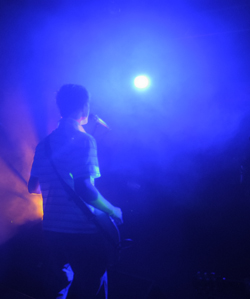 6. Prepare to multitask. For those of you who are busking and calling spotlights at the same time, first lay off the caffeine early in the day–you are going to be stressed out enough. Second, prior to your show let it be understood that in the event of a communication breakdown, you are going to spot the person talking or singing into the microphone. In the absence of that, hit the guy doing the solo. Never spot the drummer. Never spot the juggler while juggling. It may be funny for you, but it won’t be for the juggler.
6. Prepare to multitask. For those of you who are busking and calling spotlights at the same time, first lay off the caffeine early in the day–you are going to be stressed out enough. Second, prior to your show let it be understood that in the event of a communication breakdown, you are going to spot the person talking or singing into the microphone. In the absence of that, hit the guy doing the solo. Never spot the drummer. Never spot the juggler while juggling. It may be funny for you, but it won’t be for the juggler.
7. Be part of the feel. Every event has its own feel to it. Don’t walk in blind. Have as much information as possible before sitting down behind the controller to start setting up your looks. Know the target audience. Chances are you will be sitting in the middle of them and you can gauge what the general speed of the show will be. If you look out and see a lot of freaky tattoos and pierced faces, then any kind of moving light show will do as long as it’s fast and bright. If you look out and see room full of walkers and blue hair, you know that you will need to keep the lights on the stage.
Even when we make it up as we go, we should still use some guidelines. You may not have an exact plan as to what the show is going to look like, but at the very least, with the tips above, you can feel comfortable managing the outcome. The overall key is to stay relaxed and not to panic. Practice busking as often as you can. It is a skill we all need to keep honed to a fine point and practicing it will give you nerves of steel.
